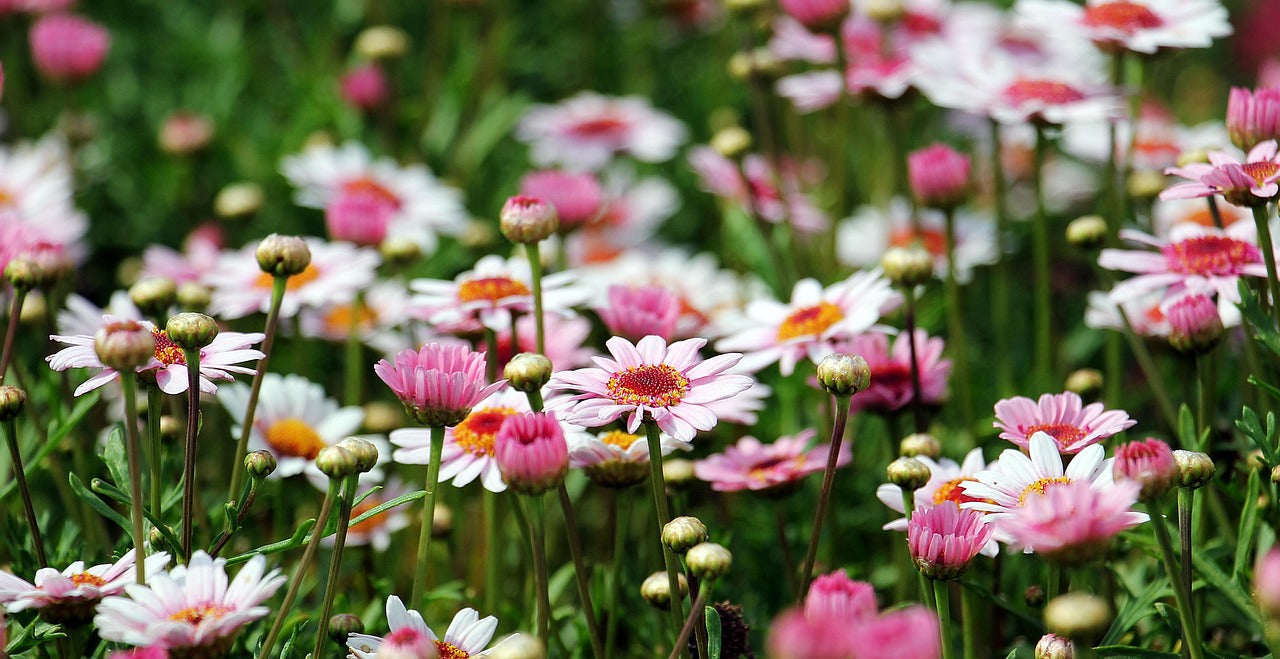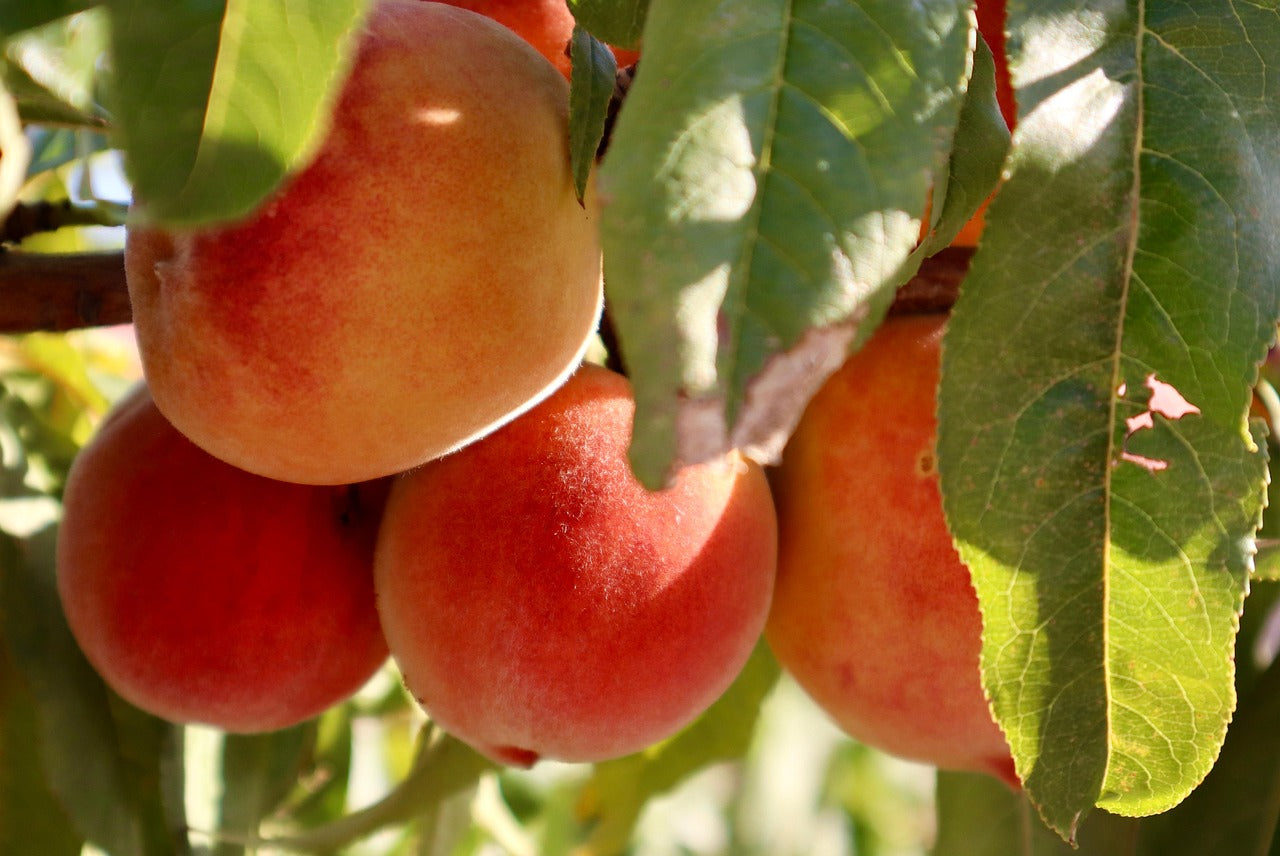For centuries people have sought a quiet space to contemplate the world, away from the harsh summer sun. A garden in the shade provides this haven with flowers illuminated by the soft dappled light; dramatic foliage and bold ferns. Trickling or running water will also add another dimension to your shade garden.
Planting
Shade gardens need never be dull when there are so many beautiful shapes and colours to work with. There is plenty of stunning foliage plants ideal for low light situations, their large, shiny leaves designed to catch the light. While not absent, flowers are fewer in shade gardens, as they often bloom better with filtered light. To improve soil in dry shade gardens dig in generous amounts of compost, peat, mulch and any well-rotted organic material. This along with an irrigation system will allow you to grow a wider range of plants. The best time to plant in dry shade is in autumn and winter so plants are established before the dry summer months. For damp shade, any time of year is suitable as long as plants are watered during dry periods. Before planting, dig a hole twice the width and depth of the plant’s root ball. Add Blood and Bone and Sheep Pellets to the planting hole and mix in well. Soak the plant in a bucket of water before planting. Remove the plant from its container and run a sharp knife down the root ball in several places to encourage new roots. Place the plant in the hole at the same depth of the original plants container. Add soil, tread down lightly and water well. Palmers’ handy tip: Plants grow slower in the shade so start with larger plants for quicker results.Feeding and Mulching
Use Sheep Pellets and Gardener X Compost at the recommended rate in spring. Water the fertiliser in well. Mulching is very important, especially in dry shade, as it aids in keeping weeds down and retaining soil moisture. Mulch in late winter or early spring and again in mid-summer.Watering
Regular watering will be required to get plants established. Deep watering once a week is more effective than light watering. Installing an in-ground irrigation system can make the job less labour intensive and guarantee success – especially in dry shade. Soaker hoses are easy to install and will water plants directly into the roots without any wastage.Trees
Trees create a cool, shady, restful place to escape the summer heat. We recommend maples (acer), camellia, rangiora (brachyglottis), cabbage tree (cordyline), dogwood (cornus), puka (meryta sinclarii), pseudopanax, rhododendron, nikau palm (rhopalostylis), rimu (dacrydium), and viburnum. Or choose from our great range of deciduous trees for summer shade and autumn colour.Shrubs
Shrubs flower better with filtered light rather than dense shade. We recommend Chinese lantern (abutilon), winter sweet (chimonanthus), corokia, aucuba, azaleas, boronia, English box (buxus), camellia, carex, Mexican orange blossom (choisya), sago palm (cycas), daphne, wax flower (eriostemon), escallonia, fatsia, fuchsia, grisilinia, hydrangea, calico bush (kalmia), mock orange (philadelphus), lily of the valley shrub (pieris), rhododendron, philodendron xanadu and vireya rhododendrons.Ferns
Ferns thrive in shade as long as there is plenty of moisture. We recommend hen and chicken fern (asplenium bulbiferum), black mamaku (medullaris cyathea), wheki fern (dicksonia squarrosa) and silver fern (cyathea dealbata) are just a few that cover both tree and ground ferns.Climbers
Climbers prefer a cool, moist soil for their roots and their head in the sun. We recommend Chilean coral vine (berberadopsis), clematis, hardenbergia, ivy (hedera), fruit salad plant (monstera), climbing rata (metrosideros carminea), Chilean bellflower (lapageria), Madagascar jasmine (stephanotis), star jasmine (trachelospermum) and tecomanthe.Bulbs and perennials
Bulbs and perennials are perfect for planting under large deciduous trees and shrubs. Large leafed perennials require damp moist conditions. We recommend agapanthus, carpet bugle (ajuga), fuchsia, lady’s mantle (alchemilla mollis), granny’s bonnet (aquilegia), Japanese anemone hybrids, renga lily (arthropodium), astilbe, begonia, bergenia, clivia, corydalis, cyclamen, tropical impatiens, pratia and mazus. Summer flowering bulbs are the best to grow in dry situations. We recommend amaryllis (belladonna lily), freesia, galtonia, nerine, scilla and spraxia.Annuals
We recommend Canterbury bells (campanula), cinereria, digitalis (foxglove), busy Lizzie (impatiens), mimulus, forget- me-not (myosotis), pansy, primula, and viola. Please ask at your local Palmers store for more information on plants that are suited to the conditions of your garden.Pests
The biggest pests in a shady garden can be slugs and snails. They love the soft leaves of shade loving hosta, Chatham Island forget-me-not and clivia. Sprinkle the garden regularly with slug and snail bait. We recommend Tui Quash because it is safe to use around kids and pets. This ‘How To’ Guide has been produced to provide basic information and our experienced staff are available to answer any questions that you may have. Because this guide is of a general nature, neither Palmers nor its staff are responsible for the application of the information, as the contents may need to be modified for individual projects and site applications.
This ‘How To’ Guide has been produced to provide basic information and our experienced staff are available to answer any questions that you may have. Because this guide is of a general nature, neither Palmers nor its staff are responsible for the application of the information, as the contents may need to be modified for individual projects and site applications.











